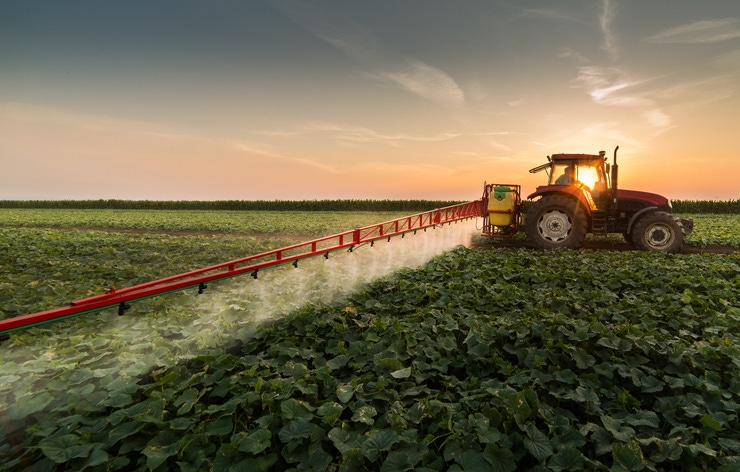July 12, 2019

The U.S. Environmental Protection Agency today (July 12) issued approval for the insecticide sulfoxaflor for use on alfalfa, corn, cacao, grains (millet, oats), pineapple, sorghum, teff, teosinte, tree plantations, citrus, cotton, cucurbits (squash, cucumbers, watermelons, some gourds), soybeans, and strawberries.
“EPA is providing long-term certainty for U.S. growers to use an important tool to protect crops and avoid potentially significant economic losses, while maintaining strong protection for pollinators,” said Alexandra Dapolito Dunn, assistant administrator for EPA’s Office of Chemical Safety and Pollution Prevention. “Today’s decision shows the agency’s commitment to making decisions that are based on sound science.”
Sulfoxaflor targets pests such as sugarcane aphids and tarnished plant bugs, also known as lygus. There are few viable alternatives for sulfoxaflor for these pests. In many cases, alternative insecticides may be effective only if applied repeatedly or in a tank mix, whereas sulfoxaflor often requires fewer applications, resulting in less risk to aquatic and terrestrial wildlife.
EPA’s registration also includes updated requirements for product labels, which will include crop-specific restrictions and pollinator protection language.
The Agricultural Retailers Association applauded the decision.
“It is encouraging to see EPA take a hard look at the science about sulfoxaflor and its effects on pollinators and issue a science-based decision on its permitted use,” said ARA President and CEO Daren Coppock. “This is how the system is supposed to work: scientific experts making science-based decisions.”
Background
In 2016, following a 2015 decision of the Ninth Circuit Court of Appeals vacating the registration of sulfoxaflor citing inadequate data on the effects on bees, EPA reevaluated the data and approved registrations that did not include crops that attract bees. The 2016 registration allowed fewer uses than the initial registration and included additional interim restrictions on application while new data on bees were being obtained.
Source: EPA, Agricultural Retailers Association, which is solely responsible for the information provided and is wholly owned by the source. Informa Business Media and all its subsidiaries are not responsible for any of the content contained in this information asset.
You May Also Like




